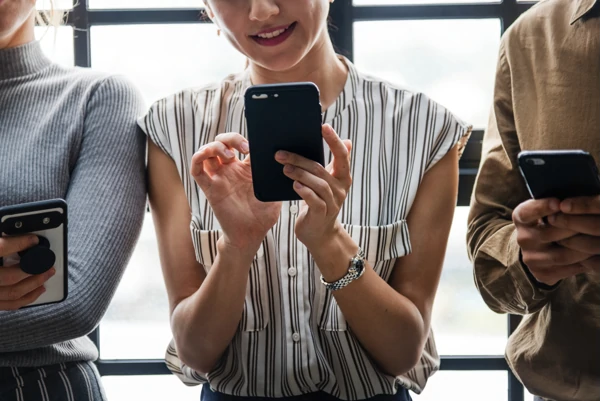In addition to effective methodologies of learning such as mind mapping, note-taking and analyzing; flashcard plays a vital role in motivating learner’s ability to synthesize and memorize information. Flashcard began to appear in the 19th century, bringing significant benefits to learners. Nowadays, it is digitized in the realm of eLearning, which we call e-flashcard. Let’s find out the answer for the questions why and how so in this blog.
e-flashcard in eLearning
We all know that flashcard is a card containing information like pictures, or words on one side of the card and the corresponding text on the other side. With the innovations of technology, flashcard is converted into e-flashcard in eLearning. It remains all the characteristics yet adds interactivity that allows learners to interact with the card. For example, the learner needs to type a word corresponding to the picture, before flashing the card to check if the answer is right or not.
eLearning Adopts e-flashcard Because of Its Huge Advantages
Motivating Ability to Remember
Human brain has always processed images faster than words. The Dual-Coding Theory of Allan Paivio suggested that when remembering a picture, your brain is storing both nonverbal code (image) and verbal code (description for the image). Meanwhile words allow only for verbal code. Obviously, a memory will retain and recall information better if information is stored in two distinct locations rather than one. Therefore, e-flashcard makes use of this technique to boost the ability to remember for learners. The repetition of e-flashcard also has a double effect on your brain. You can not only learn information but also become better at remembering as your brain is in a training process. For example, when learning Japanese vocabulary through e-flashcards, you are able to see the words again and again till you remember it. By practicing this, your brain will do some work to remember as much information as possible.

Image by Gerd Altmann from Pixabay
Reinforcing the Fundamental Knowledge for Learners
e-flashcard helps with every single basic detail to build a foundation of knowledge. Let’s say that e-flashcard provides you with basic but essential elements. Just like when you want to build a house, you need to collect every single brick first. Without this foundation of knowledge, you cannot comprehend the subject or broaden your advanced knowledge. Many subjects use e-flashcards as a tool to help learners better memorize the facts, notions or formulas. You can also use it to test learner’s understanding of different fields such as a foreign language, chemistry diagrams, historical dates, and formulas.

Image by JESHOOTS.com from Pexels
Optimizing Learning
In the learning phase, it’s a mistake that learners try to learn as much materials at a time as possible. This leads to a cumbersome learning process and learners might feel overwhelming. e-flashcard emerges like a perfect solution for this matter. It can eliminate extraneous material as it focuses only on the information that learners need to learn. Moreover, e-flashcard is an active form of studying, which includes creativity based on what you read. You should present significant information from documents you have read on the cards in an effective way. The combination of picture and brief yet full content is one of that way.

Image by Free-Photos from Pixabay
Making Learning Portable
e-flashcards make learning available for you in anywhere and at anytime. Imagine that you need to read lots of documents to study a subject, or that subject requires 500 paper cards. Instead of carrying a book or hundreds of tiny paper cards around, you can learn through e-flashcards. The reason is that e-flashcards can be view-able on varied platforms and devices such as mobile phones, tablets or laptops. By taking the phone anywhere, learners can effectively utilize their time like learning while waiting for a bus or travelling.

Image by rawpixel.com from Pexels
Creating “fun” for Learners
With the special pictures or sound in the e-flashcards, learners can experience more “fun” while learning. Lively colors in the cards also make learners more excited. Moreover, boring passive learning can turn into interesting active one thanks to the ability to interact with the cards.
How to Create e-flashcards in eLearning?
The above enormous benefits of e-flashcard in eLearning have raised a question in our minds: How can we make e-flashcards in eLearning to simplify the learning process?
This question is easily addressed with ActivePresenter – an application where you can create almost everything that needs for an eLearning course such as interactive questions, games, and e-flashcards. In ActivePresenter, you can create, edit and organize your e-flashcards using so many amazing features such as Object State, Shapes, Audio, and Advanced Actions right inside the app. You can also style the card whatever you want like adding pictures and icons.
I hope this blog will bring to you some useful information if you have been concerned about creating an eLearning course including an activity that can promote learners’ retention and excitement. The answer is e-flashcards.